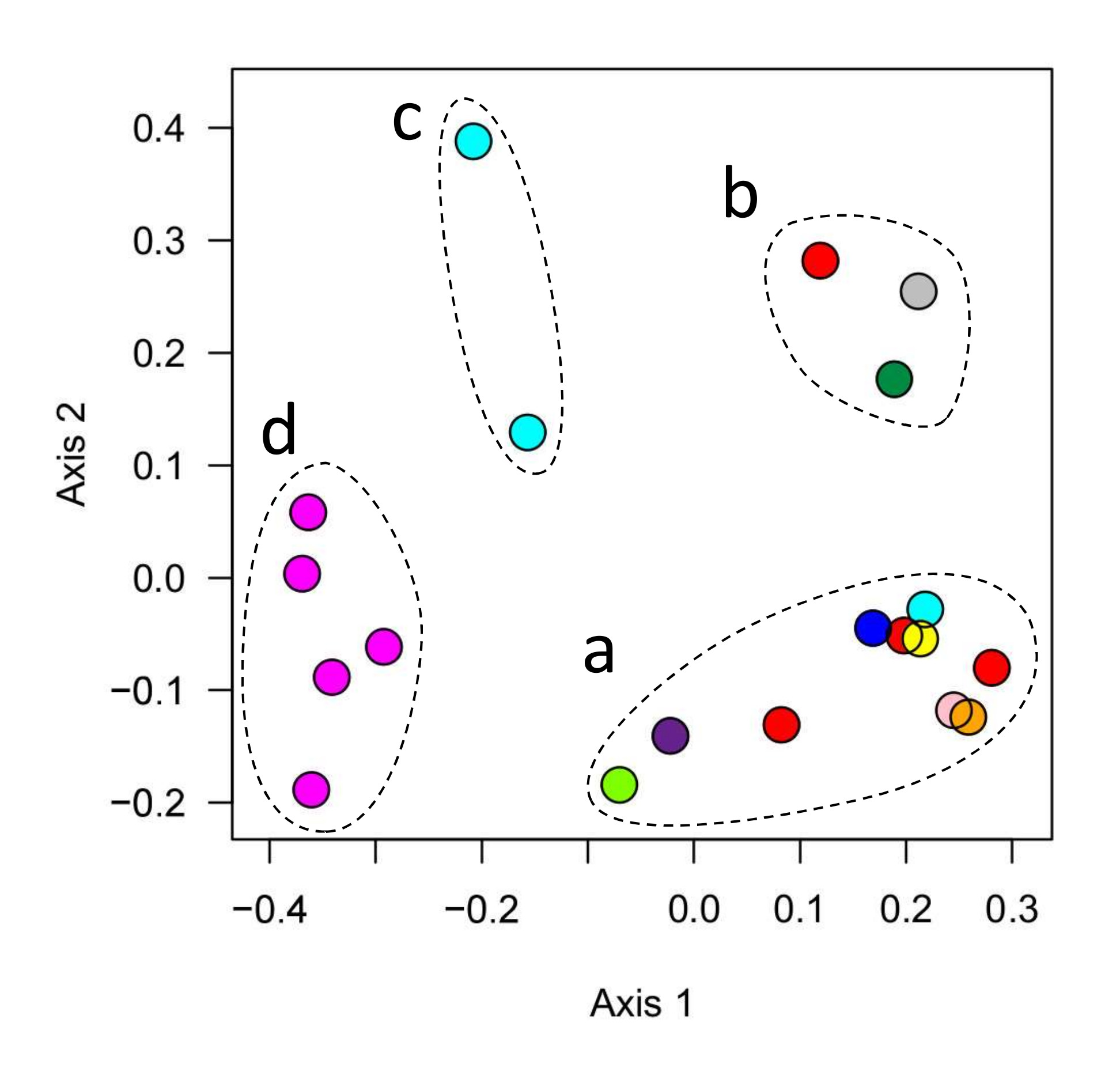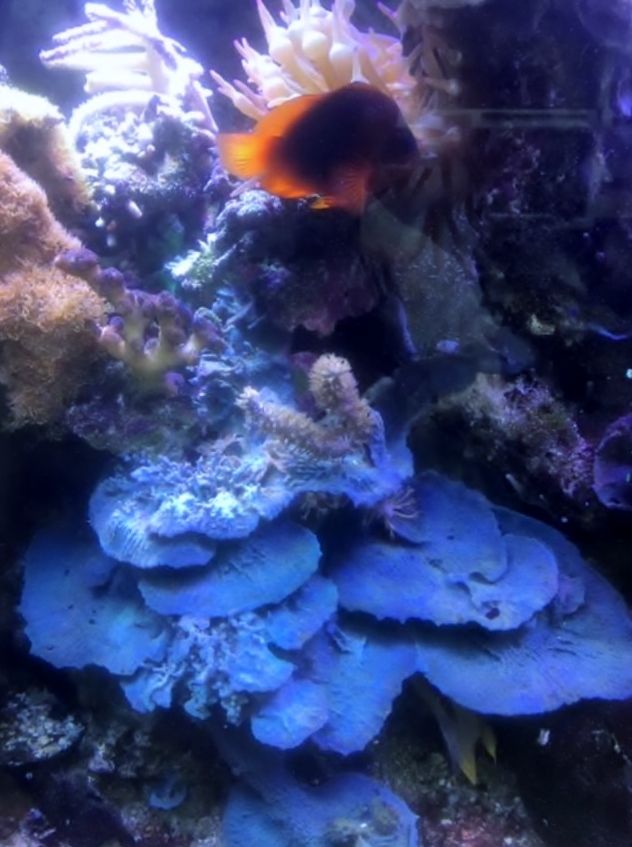- Joined
- Oct 15, 2019
- Messages
- 383
- Reaction score
- 1,600
In all seriousness I consider this possibility each time I find an extreme outlier. Some of them are beautiful, thriving tanks. Some are sub optimal in one way or another, like many of our tanks (certainly each of mine has something I wish was a little different... less hair algae, less cyano, less RTN, whatever).Well you biodiversity is a lot different than a typical mature reef. Maybe you should tell them your the gold standard mature reef tank.
Its likely, maybe inevitable, that there are multiple kinds of communities that can support a thriving aquarium ecosystem. It probably is no surprise that a tank that's survived for decades would have a different community than the mostly younger tanks I've surveyed. Perhaps the ones that look most different from his wouldnt last as long... maybe his is the community we should all strive for! I would not rule that out.
Its also possible that rather than one "typical" successful community there are multiple successful strategies. Many ways to skin the cat.





















